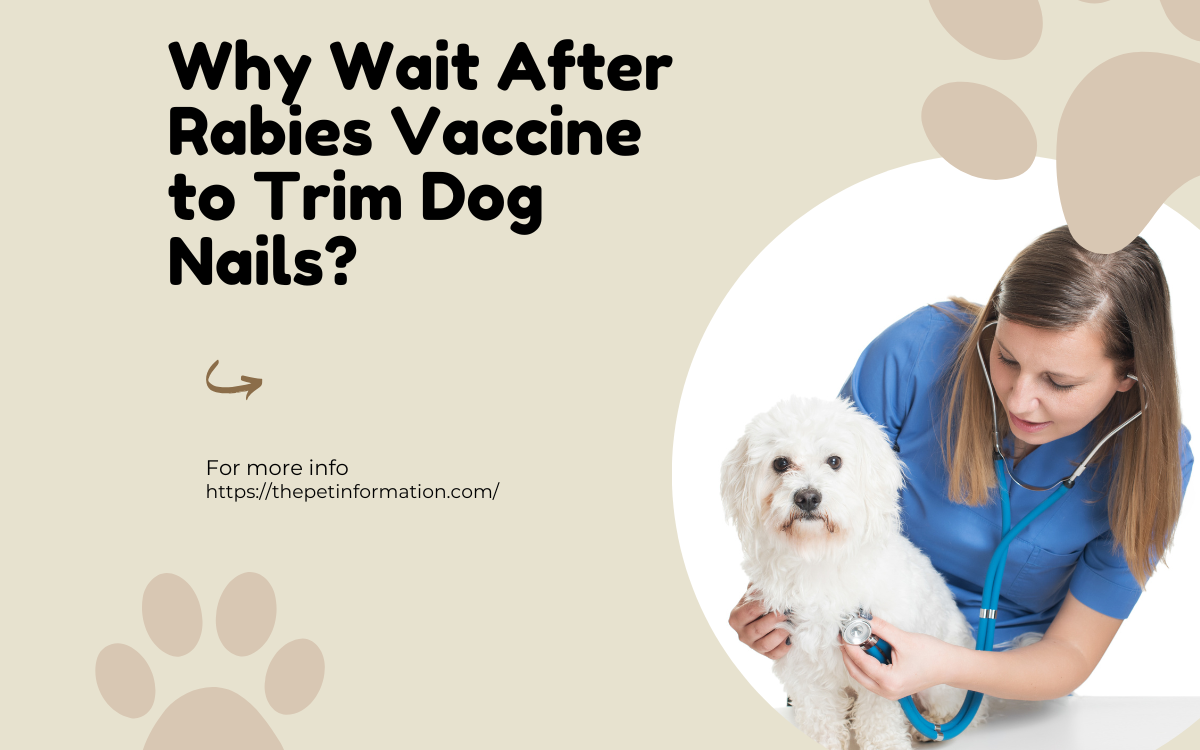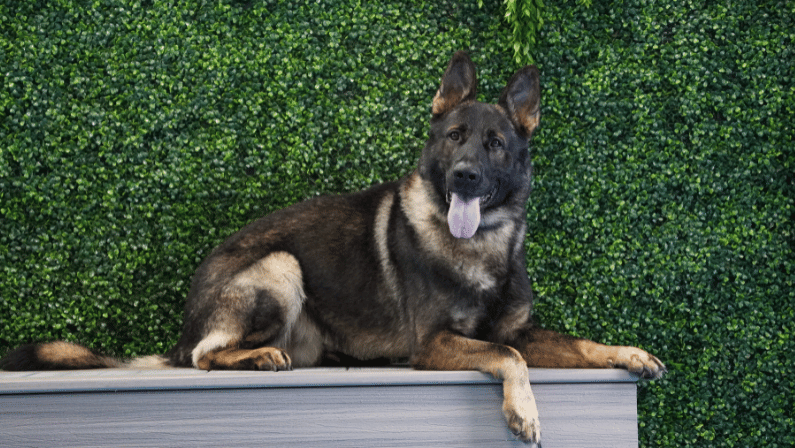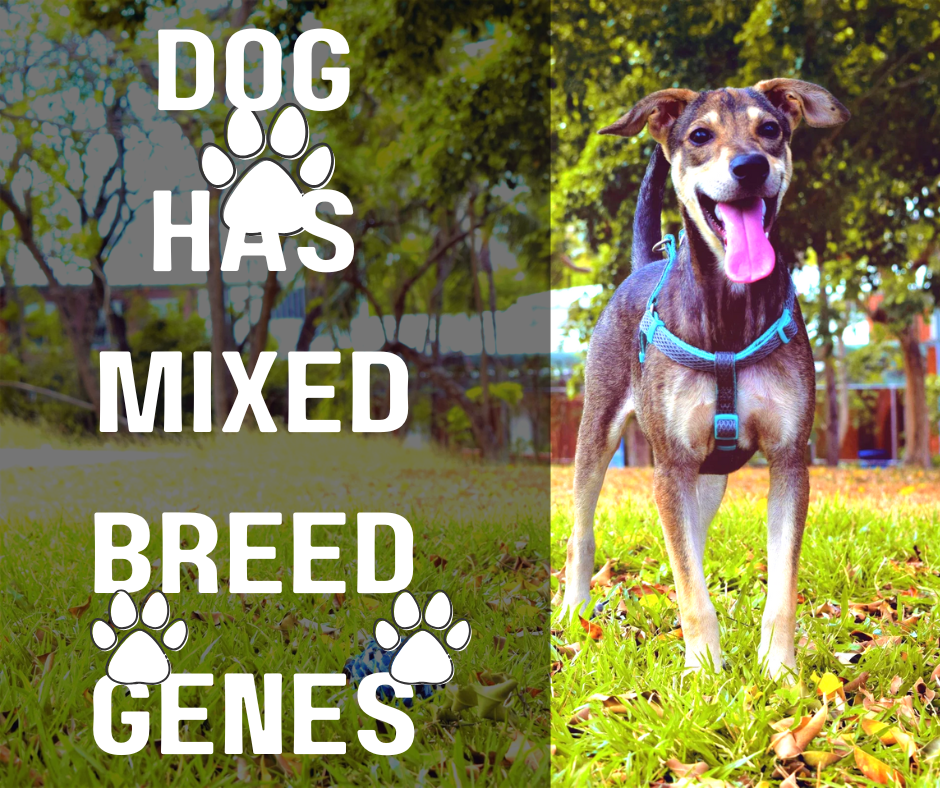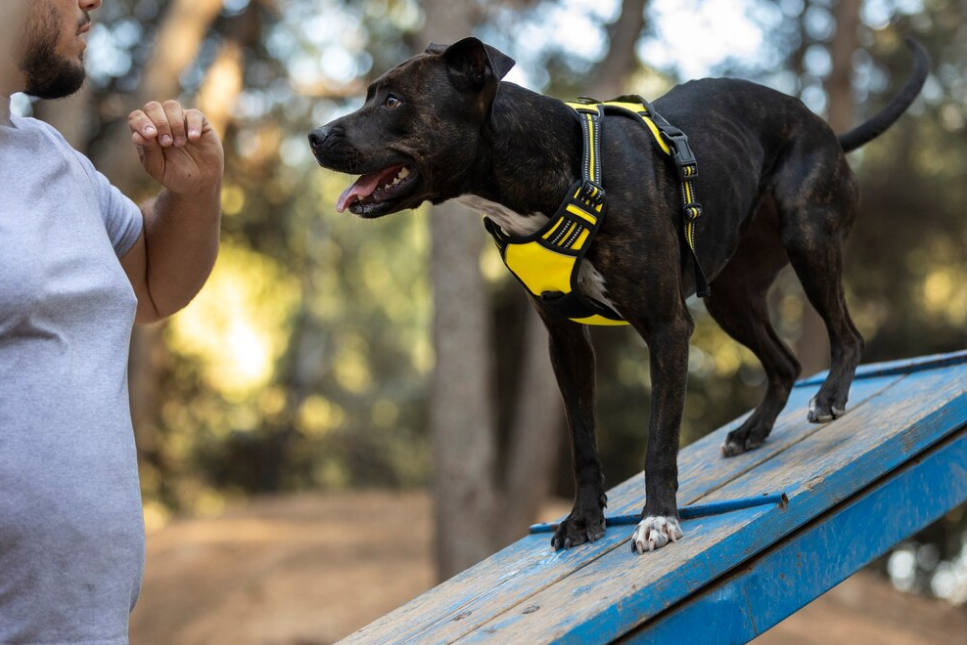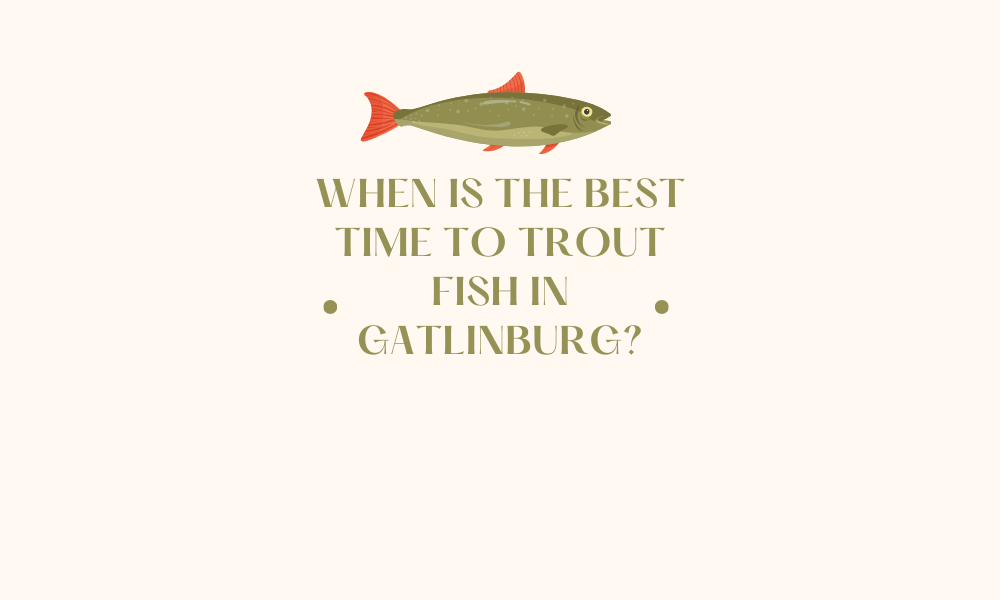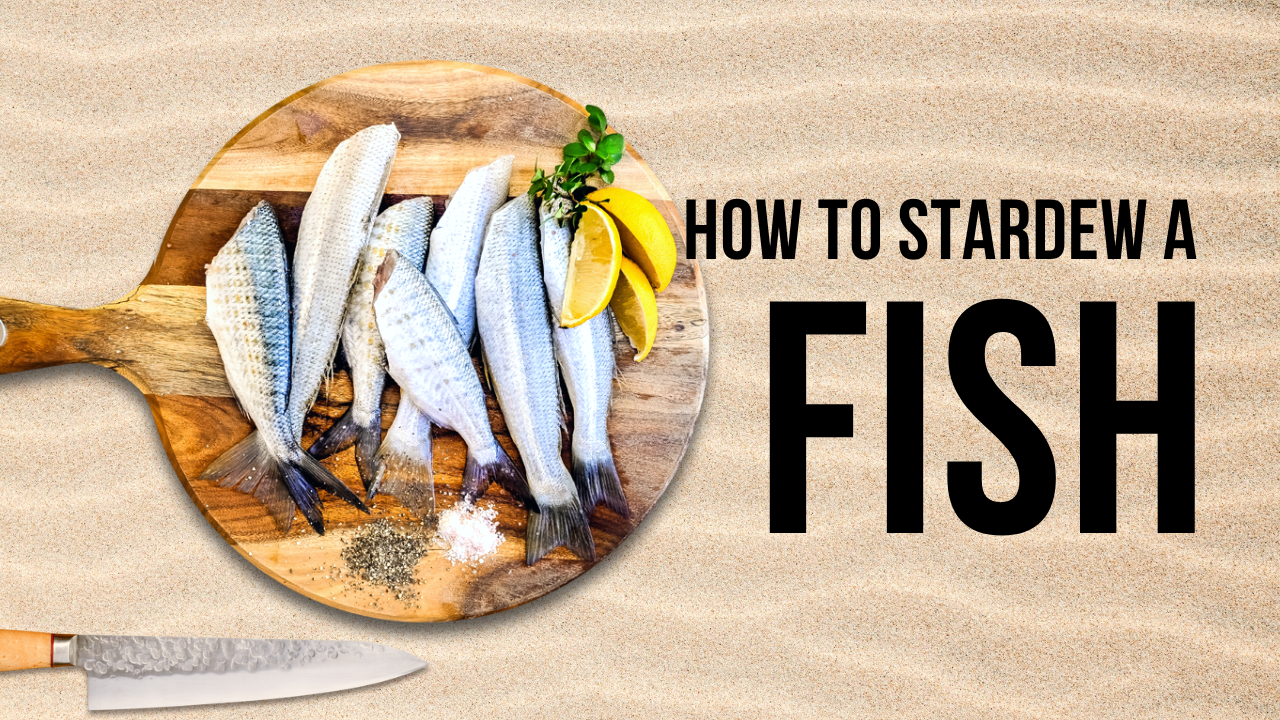Taking care of your dog’s overall health includes regular grooming practices such as nail trimming. However, when your furry companion has recently received a rabies vaccine, you might wonder if there’s a specific waiting period before grooming procedures. Understanding why waiting after a rabies vaccine to trim dog nails is essential can help ensure your pet’s comfort and safety.
In this article, we’ll explore the reasons behind this precaution, the potential risks involved, and the best practices to follow after your dog receives their rabies vaccine.
Understanding the Rabies Vaccine
Rabies is a life-threatening disease caused by a virus that affects the nervous system of mammals, including humans. Vaccinating dogs against rabies is not only a legal requirement in many areas but also a vital measure to protect their health and public safety.
The rabies vaccine introduces an inactive form of the virus into the dog’s system, allowing their immune system to build antibodies without causing the disease. While it’s a safe and well-tolerated vaccine, some dogs may experience mild side effects such as:
- Lethargy
- Pain or swelling at the injection site
- Mild fever
In rare cases, allergic reactions or other complications can occur, making it important to monitor your dog closely after vaccination.
Why Wait After Rabies Vaccine to Trim Dog Nails?
1. Minimizing Stress on the Immune System
After receiving the rabies vaccine, your dog’s immune system is actively working to develop antibodies. This process can be taxing on their body, and it’s crucial to minimize additional stressors during this period.
Nail trimming, while routine, can be stressful for some dogs. The act of handling paws, the sound of clippers, or the fear of potential pain can increase their anxiety. Stress from grooming could interfere with the body’s recovery and immune response.
2. Preventing Discomfort from Injection Site Tenderness
The injection site, usually located between the shoulder blades or on the hind leg, can become tender or swollen after a rabies vaccine. Handling your dog during nail trimming could unintentionally put pressure on this area, causing them discomfort or pain.
Waiting a few days allows the injection site to heal, reducing the risk of aggravating the tenderness.
3. Monitoring for Vaccine Side Effects
Trimming your dog’s nails requires close physical contact, which can sometimes mask subtle signs of vaccine reactions. For example, if your dog is already sensitive due to a mild fever or lethargy, they may become more resistant to grooming.
By waiting, you give yourself time to observe your dog for any unusual symptoms or reactions that might require veterinary attention.
4. Building Positive Associations
If your dog associates nail trimming with discomfort or stress immediately after receiving a vaccine, they may develop negative feelings toward grooming sessions in the future. Allowing your dog to fully recover ensures that nail trimming is approached positively, preserving a good association with grooming.
How Long Should You Wait After a Rabies Vaccine to Trim Dog Nails?
While there’s no universal rule, most veterinarians recommend waiting 2–3 days after vaccination before engaging in activities like nail trimming. This waiting period allows your dog’s body to recover and ensures any potential vaccine side effects have subsided.
However, if your dog shows signs of ongoing discomfort, such as swelling at the injection site or lethargy, it’s best to delay nail trimming further and consult your veterinarian.
Best Practices for Nail Trimming After Vaccination
Once the waiting period is over, follow these tips to ensure a smooth and stress-free nail trimming session for your dog:
1. Choose the Right Time
Trim your dog’s nails when they’re calm and relaxed, such as after a walk or play session. This reduces their likelihood of resistance and makes the process easier for both of you.
2. Inspect Their Paws
Before starting, check your dog’s paws for any signs of sensitivity, swelling, or injuries. Pay special attention to how they react when their paws are handled, as this can indicate lingering discomfort from the vaccine.
3. Use the Right Tools
Invest in high-quality nail clippers or a nail grinder designed for dogs. Sharp, well-maintained tools ensure a clean cut and reduce the risk of splitting or cracking nails.
4. Take It Slow
If your dog seems hesitant, trim one or two nails at a time and take breaks. Positive reinforcement, such as treats or praise, can help them feel more comfortable and cooperative.
5. Monitor Their Behavior
Watch for signs of stress or discomfort, such as whining, pulling away, or excessive licking of their paws. If your dog becomes overly anxious, it’s okay to pause and try again later.
Signs of a Healthy Recovery After a Rabies Vaccine
Knowing what to expect after a rabies vaccine can help you determine when it’s safe to resume grooming activities like nail trimming. Look for the following signs that your dog has fully recovered:
- No swelling, redness, or tenderness at the injection site
- Normal energy levels and appetite
- Absence of fever or lethargy
If you notice any adverse reactions persisting beyond 48 hours, contact your veterinarian for advice.
Why Waiting Matters for Your Dog’s Well-Being
By understanding why waiting after a rabies vaccine to trim dog nails is important, you’re prioritizing your dog’s health and comfort. This simple precaution can prevent unnecessary stress, discomfort, and potential complications, ensuring a positive experience for both you and your pet.
Grooming is an essential part of your dog’s care routine, and timing it appropriately after vaccination reflects your commitment to their overall well-being. With patience and thoughtful preparation, you can maintain a happy and healthy relationship with your furry friend.
In conclusion, the rabies vaccine is a crucial part of your dog’s health care. Waiting a few days before trimming their nails is a small but meaningful step in supporting their recovery and ensuring a stress-free grooming experience. By following the guidelines and tips shared here, you can confidently care for your pet while keeping them safe and comfortable.

